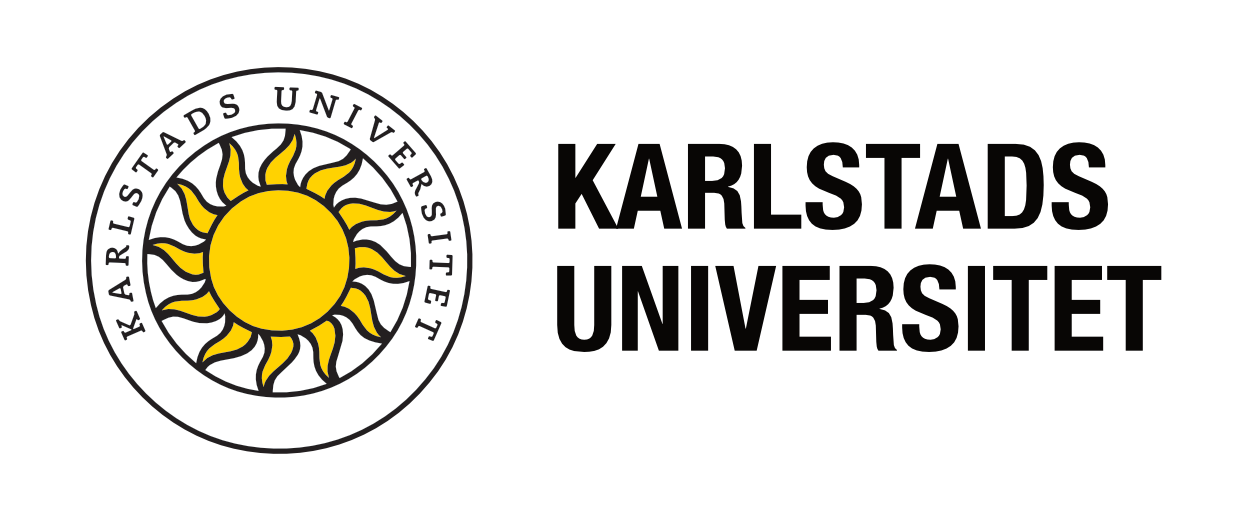In the pedagogical conversation with UPE under the heading “How do you discuss language difficulties with students?” in Zoom 17 May 2022, over 60 members of teaching staff gathered to discuss students’ language difficulties and how it affects teaching.
In a series of short group sessions, the participants shared their own experiences of situations where language poses a problem for students and teachers. They also shared ideas on how to manage these situations. The result was presented as notes on two virtual bulletin boards. The first showed the issues. The second was about what you can do to solve them (See images 14-17). (Note: The workshop was held in Swedish, hence all the material is also in Swedish.)
Below is an attempt to summarise the results and discussions of the different groups.
In general, teachers find that students’ language difficulties present practical limitations for them in different teaching situations:
- Difficulties understanding instructions
- Not use to assimilating large quantities of text
- Difficulties putting coherent arguments into writing
- Difficulties getting their message across due to limited vocabulary, few nuances in their use of language, and/or (in spoken language) heavy accent
A frequently asked question during the discussions revolved around what we mean by language that is “good enough”. Does it refer to correct language use according style guides? Does it refer to language that is appropriate to the professional context in which the student aims to work? Or does it refer to a specific academic language that is primarily used in an academic environment? As the university increasingly has become a place for vocational training aimed at different kinds of professional fields, it may not be clear what is meant by language that is “good enough”.
Regardless of which, you can speculate about the reasons behind the students’ problems and a few suggestions that came up during the discussions were:
- Belonging to a generation with a reading and writing style characterised by more fragmentary text than in “the old days”
- Belonging to a generation where reading has been characterised more by screens than printed books and papers
- Larger proportion of cohorts to higher education => Lower average ability
- Larger proportion of students with a foreign background (more students with Swedish as a second language)
As we review possible solutions from the pedagogical conversation on 17 May, it is possible to place the ideas within five different areas, each of which approach the problems using different strategies:
- Revised entry requirements or similar to filter out students with weak language skills before they are accepted to a course or programme
- Programme-related interventions (e.g. special components focusing on improving language skills) across the different modules of the programme
- Course-related interventions (e.g. the way teaching, course material and examinations are designed in the course)
- Teacher-related measures (e.g. continuing professional development courses, common strategies and processes within the teacher team, etc.)
- Special support for students (e.g. support services offered by the library, independent study material, separate courses for language training, preparatory linguistic foundation year, etc.)
Within the framework of this website, we can focus on the second, third and fourth area. We have therefore gathered a number of posts on the theme students and language difficulties. You are reading one of them right now. You can find all of them by doing a free text search on “language” or by clicking on the link “Language difficulties” under “MORE ON” in the menu on the right. Try it!
/Tomas Jansson, UPE

